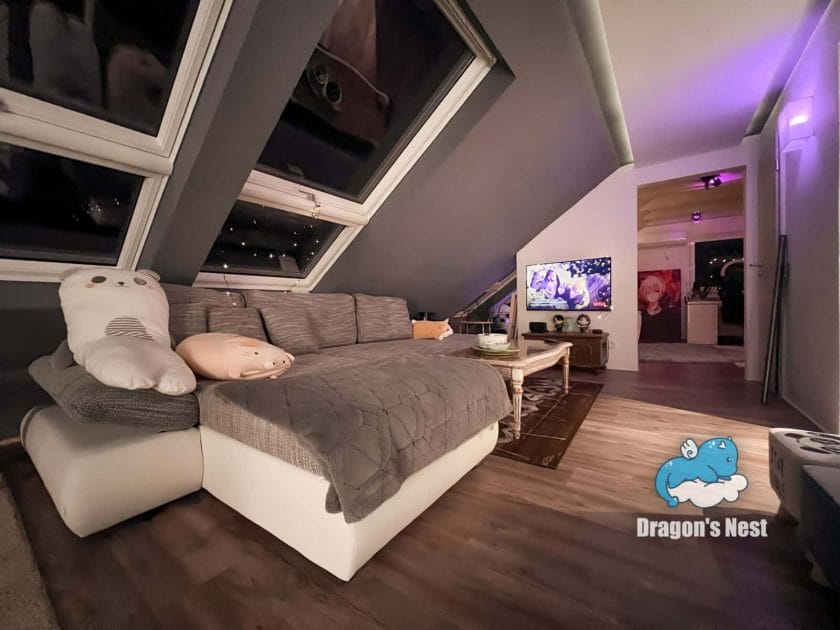What Does Bavarians Look Like?
Introduction
Bavaria is the largest state in Germany and has a unique culture that is distinct from the rest of the country. In this article, we will explore what Bavarians look like, including their traditional clothing, music, food, and other characteristics that make them stand out as a people. We will also discuss some popular tourist attractions in the region to help you plan your next trip to this beautiful part of Europe!
[publishpress_authors_box layout='ppma_boxes_747384']
History of Bavaria
Bavaria has been inhabited since ancient times, with evidence of Celtic tribes living there in the 5th century BC. The region was later conquered by the Romans and became part of the Holy Roman Empire in the 10th century AD. During this time, it was ruled by a series of dukes who were powerful rulers in their own right until 1806 when it became part of modern-day Germany following Napoleon’s conquest of Europe. This rich history has helped shape bavarian culture into what it is today – with its unique language and customs that set it apart from other parts of Germany.
Traditional Bavarian Clothing
The traditional clothing worn by Bavarians is quite distinct from other parts of Germany as well as other countries in Europe. Men typically wear lederhosen – leather shorts – along with a checkered shirt or vest, woolen socks, and shoes known as “Haferlschuhe” (oxford-style shoes). Women tend to wear dirndl dresses which are full-length skirts with an apron overtop and a blouse underneath, often with embroidered designs on them. Both men and women may also wear hats such as Tyrolean hats or Alpine hats which have feather decorations on them. These traditional garments are still worn today for special occasions such as folk festivals or even just for fun!
Traditional Bavarian Music and Dance
The traditional music played by Bavarians is known as “Volksmusik” which means “people’s music” in German and is usually performed on traditional instruments such as accordions or zithers (a type of stringed instrument). This type of music is often accompanied by dancing which can range from simple folk dances such as polkas or waltzes to more complex dance forms like Schuhplattler (shoe slapping) where dancers perform intricate steps while slapping their feet against each other’s shoes! This type of dancing can be seen at many festivals throughout Bavaria – so if you’re looking for an authentic experience then make sure to check out one of these events!
Traditional Bavarian Food and Drink
The cuisine found in Bavaria is hearty and filling with dishes such as sauerbraten (marinated beef), schweinsbraten (roast pork), knödel (dumplings), käsespätzle (cheese noodles) or kaiserschmarrn (a sweet pancake dish). Beer is also popular here with many local breweries producing lagers that are enjoyed both locally and abroad! You can find these beers served at most restaurants across Bavaria – so make sure to sample some if you get a chance!
Dragon's Nest Apartment
€147,00Typical Bavarian Characteristics
Bavarians are known for being friendly yet hardworking people who take great pride in their traditions and culture. They are also very hospitable towards visitors from around the world – something you can experience firsthand if you visit Dragon’s Nest AirBnB apartment located in Nürnberg, Germany!
Popular Tourist Attractions in Bavaria
There are plenty of tourist attractions to be explored when visiting Bavaria including Neuschwanstein Castle – one of King Ludwig II’s most famous creations – along with several UNESCO World Heritage Sites such as Würzburg Residence Palace or Bamberg Old Town Hall Square. There are also several amazing natural wonders like Zugspitze Mountain, Königssee Lake, and Eibsee Lake where visitors can enjoy breathtaking views while taking part in activities like hiking, skiing, swimming, kayaking, etc… With so much to see & do – it’s no wonder why so many people flock to Bavaria every year!
Conclusion & Recommendation for Travelers to Nürnberg, Germany & Dragon’s Nest AirBnB Apartment
If you want to experience all that Bavarians have to offer then why not travel to Nürnberg, Germany? You can stay at Dragon’s Nest AirBnB apartment – a luxury attic loft perfectly suited for families business travelers couples – located right at the heart of this vibrant city! From exploring local attractions such as Neuschwanstein Castle or enjoying traditional food & drink at local restaurants – you’re sure to find something for everyone here! So book your stay today at Dragon’s Nest AirBnB apartment for an unforgettable holiday experience!
FAQ
What are Bavarian physical features?
Bavaria is a country made up of high plateaus and medium-sized mountains. In the north, you’ll find basalt knolls and high plateaus; in the northwest, the wooded sandstone hills of the Spessart. The northwest is drained by the Main River, which flows into the Rhine.
Dragon's Nest Apartment
€147,00What race is Bavarian?
Bavarians are a group of Germans from the Bavaria region, who share a common culture and heritage.
Is Bavarian and German the same?
Bavarian and Bairisch are two dialects of the German language, which can be divided into north, central, and south regions. Bavarian is primarily spoken, while Bavarian dialects written in Bairisch are also common.
What are Bavarian people known for?
Dragon's Nest Apartment
€147,00Bavarians are proud of their culture, which includes a language, cuisine, architecture, festivals, and symbols from the Alpine region. Their state has the second largest economy among the German states and gives Bavaria the status of a wealthy German region.
What is a typical German face?
These facial features include a large nose, a pointed chin, and lips that are not very protruding from the face.
Is Bavarian high or low German?
High German as spoken in central and southern Germany (Upper Saxony, Franconia, Swabia, Bavaria) and Austria is a dialect of German that was first documented in the 15th century.

